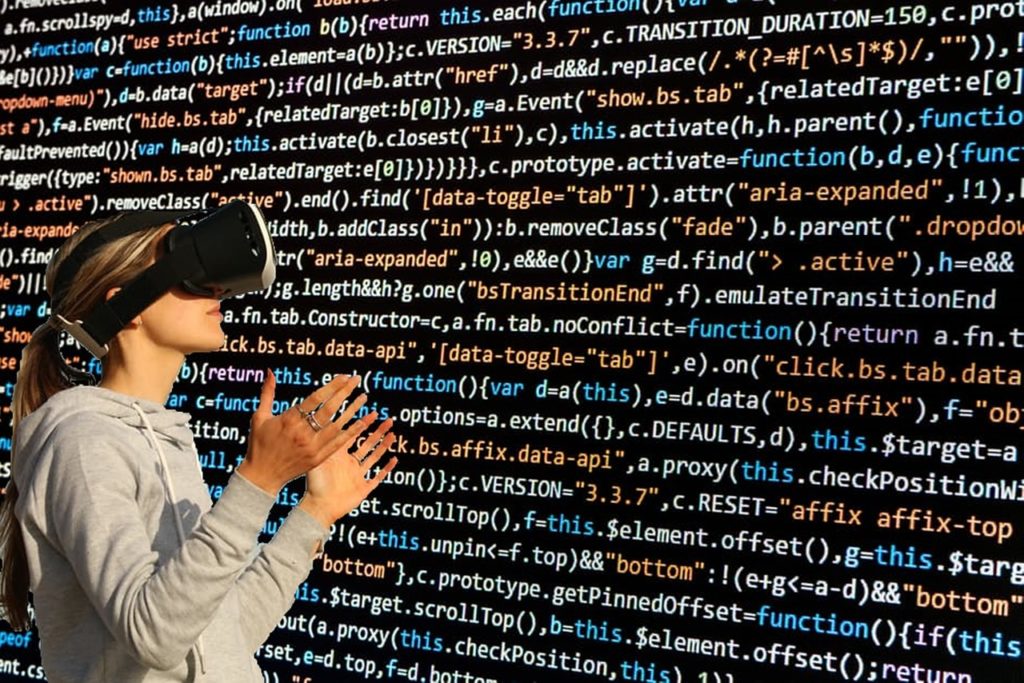Virtual Reality (VR) has gained popularity in recent years and has the potential to revolutionize various industries. One industry that is significantly impacted by VR technology is sports training and simulation. With the advancements in VR technology, athletes can now experience highly realistic and immersive environments without leaving their training facilities.
This has opened up a whole new world of possibilities for training and simulation, allowing athletes to improve their skills in a safe and controlled environment. Christopher Linton Alabama location, will explore the influence of virtual reality in sports training and simulation, discussing its benefits, challenges, and future potential.

The Benefits of Virtual Reality in Sports Training
Using virtual reality technology in sports training offers numerous advantages compared to traditional methods. One of the biggest benefits is the ability to create highly realistic and customizable environments.
Another benefit of VR in sports training is its ability to track and analyze performance data. With sensors and tracking devices integrated into VR equipment, coaches and trainers can collect valuable real-time data on an athlete’s movements, reactions, and performance. This allows for more precise and personalized training programs, maximizing an athlete’s potential.
Through VR, athletes can train and compete in simulations that closely mimic real-life situations, giving them a more accurate and immersive experience. This allows athletes to develop their skills in a controlled environment before applying them on the field or court. Virtual reality also offers a safe training environment for athletes. In high-risk sports such as skiing or snowboarding, VR simulations provide a risk-free way for athletes to practice and perfect their techniques without fearing injury.
Challenges and Limitations of VR in Sports Training
Despite its numerous benefits, virtual reality technology in sports training also faces challenges and limitations. One of the most significant obstacles is the cost of VR equipment and software. While the prices have decreased in recent years, they are still relatively expensive and may not be accessible to all athletes and teams.
Another challenge is the limited availability of VR-specific sports training programs. While a few options are available, they may not cover every sport or specific training needs, limiting its potential for widespread use in the industry.
Moreover, some critics argue that virtual reality cannot fully replicate the physical aspects of live sports training. While VR simulations can provide a realistic experience, they may not fully replace athletes’ physical demands and challenges in real-life situations.
The Ethics of Enhanced Sports Training
Integrating VR into sports training prompts important discussions about fairness, the preservation of the human element in sports, and the potential implications for injury prevention and recovery.
In an era where sports are increasingly scrutinized for issues around doping, the use of performance-enhancing technologies, including VR, raises complex ethical questions. It becomes essential to define clear boundaries and regulations to ensure that VR is used to level the playing field rather than tip it in favor of a select few.
Critics of VR in sports argue that it risks diluting the human experience and the emotional highs and lows that make sports so compelling. While there is merit to this sentiment, the counter-argument is that VR can augment, rather than replace, traditional training methods, ultimately reinforcing the authenticity of the sports experience.
Future Potential of VR in Sports Training
Despite these challenges, virtual reality’s future potential in sports training is immense. As technology advances, we can expect more affordable and accessible VR equipment and software. This will open opportunities for smaller teams and individual athletes to incorporate VR into their training routines.
Moreover, as AI technology continues to develop, virtual reality simulations may become more intelligent and adaptive. This could enhance an athlete’s training experience by providing real-time feedback and adjustments based on performance data. As more sports utilize VR in training and simulation, advancements in the technology specific to each sport could result. This could result in more tailored and effective training programs for athletes, further improving their skills and performance.
Final Thoughts
Virtual reality is changing the game for sports training and simulation. Its ability to create realistic environments, track performance data, and provide a safe training environment offers numerous benefits for athletes. While it may face some challenges and limitations, its future potential is promising. As technology develops, we can expect virtual reality to play a significant role in the sports industry, improving athletes’ skills and performance in unprecedented ways.